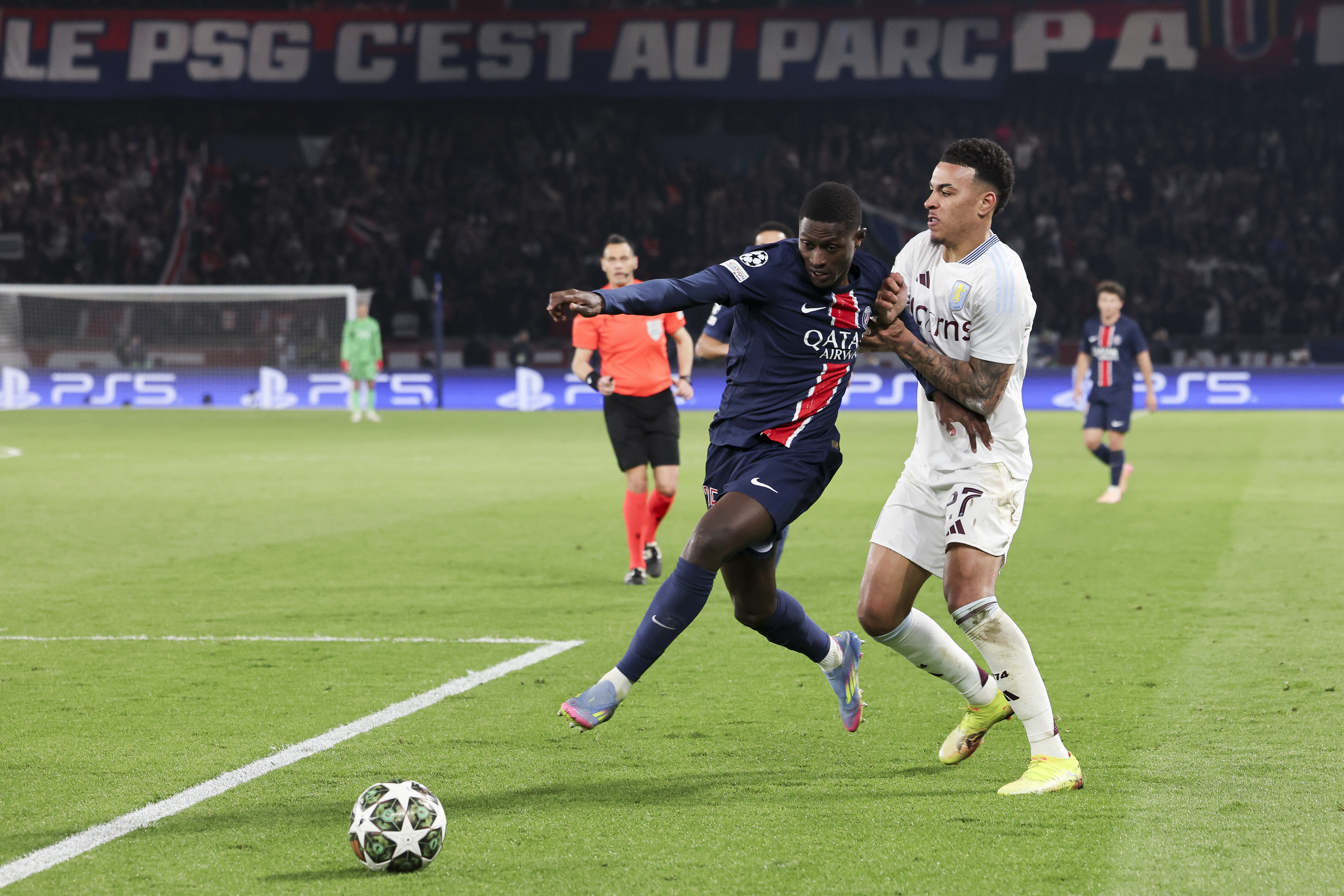Injury-proof your ankle
Armourplate your ankle against the opposition’s hatchet man and that wonky park pitch with this expert six-step guide to strapping from Bolton’s head physio And

Kamikaze tackles, rock-hard surfaces and penalty area potholes are just a few of the uncontrollables plotting to ruin your ankles on a Sunday morning.
But before you slip on a pair of chainmail socks, try reinforcing your ankles with strapping. Taking the extra precaution is worth the effort, says Mitchell.
“Your ankles help pivot your body weight around the pitch so it’s important to protect them,” he says. “Ankle injuries are very common in football. Most professional players wear strappings to give them stability and protection. "
“It also gives players the psychological reassurance that their ankle will be strong and stable during a training session or match.” This is not the result of hypochondria – the stats tell their own story. Only knocks to the knee clocked up more days (5,305) lost to injury than ankle ailments (3,837) in last season’s Premier League.
Get FourFourTwo Newsletter
The best features, fun and footballing quizzes, straight to your inbox every week.
But slinging tape round your ankle willy-nilly will not offer any further protection – there’s a skill to it and thanks to Mitchell’s simple six-step guide, you’ll be a master of the figure-eight technique in no time.
The science behind cold and hot therapies
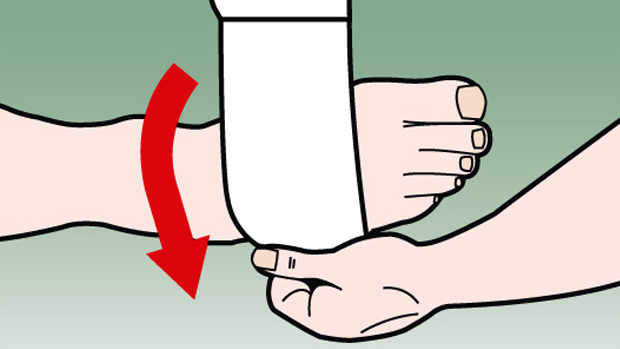
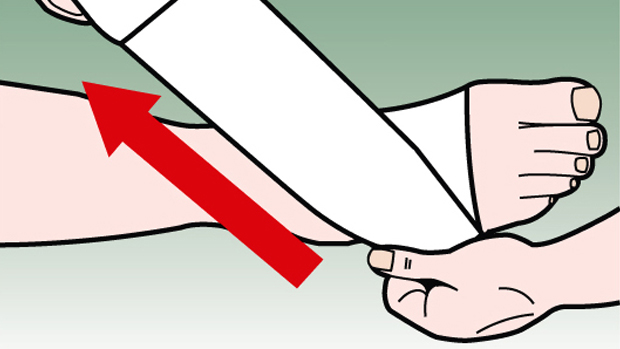
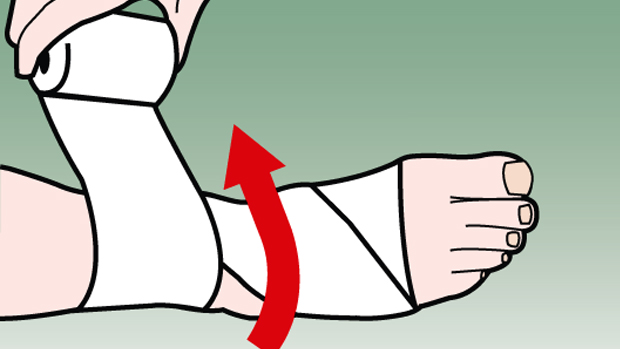
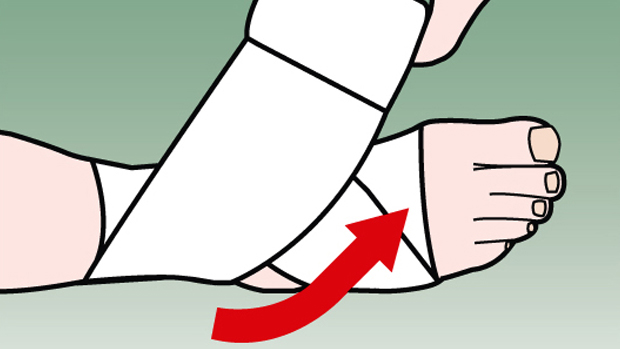
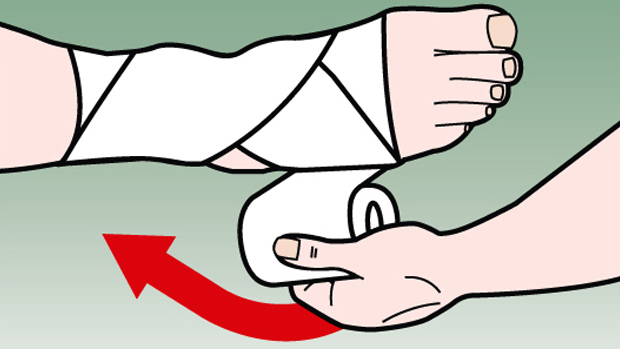
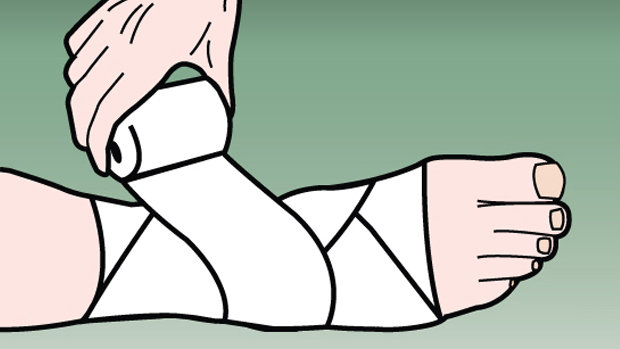
COLD
What does it do?
Applying cold removes heat in order to help relieve pain when treating an injury that’s affecting your game, such as a sprain or strain.
Why should I use it?
Application of cold is valuable during the early stages of injury where tissues are stretched and blood vessels torn or damaged, helping to reduce inflammation and swelling.
How do I use it?
For an isolated injury and convenience, try Deep Freeze Cold Spray. This will help provide relief of pain from strains, sprains and knocks to muscles and joints. Deep Freeze Cold Spray freezes pain instantly, acting like ice to cool the affected area, providing fast-acting relief for strains, sprains, muscles and joints.Use Deep Freeze Cold Spray in the first 48 to 72 hours of injury.
HOT
What does it do?
Applying heat to a painful area has two main functions:
1. Heat helps increase the temperature of the skin and the underlying tissue, so increasing blood flow and transporting heat, proteins and other nutrients as well as oxygen to help promote healing of the affected muscle or joint.
2. Heat transmits ‘heat’ signals to the brain, which help to dilute pain signals. Pain is relieved as a result of ‘heat’ signals competing with the pain signals arising in the affected tissue.
Why should I use it?
Deep Heat Heat Spray provides effective pain relief by warming muscles, tendons and joints. It is especially useful for those hard- to-reach areas, such as the lower back and shoulders. Treatment should be left until 72 hours after injury following cold treatment. Deep Heat Heat Spray is a medicine. Always read the label.
Spray on, play on
Deep Freeze Cold Spray freezes pain1 at the point of impact, to help speed up recovery and help you to get back on your game2,3. It’s essential kit bag kit for sprains and strains. So the message is clear: Spray on, play on.
1.University of Glamorgan reports: on skin for Patches and on metal for Spray
2.Cryotherapy and the symptomatic treatment of joint pain, IR Colquhoun. Medeco Ltd.
3.Bleakley C et al. The Use of Ice in the Treatment of Acute Soft-Tissue Injury. Am J Sports Med 2004;32(1):251-261.
Also see:
